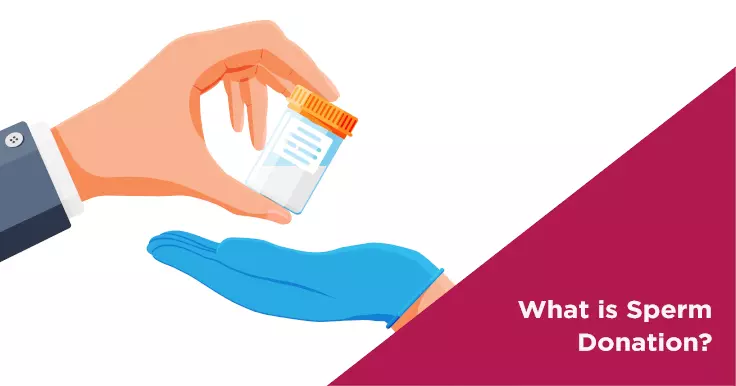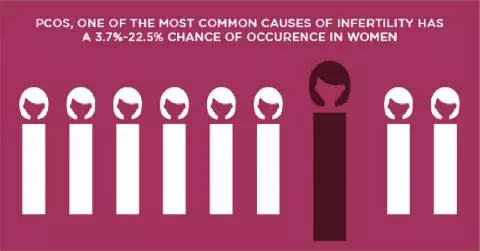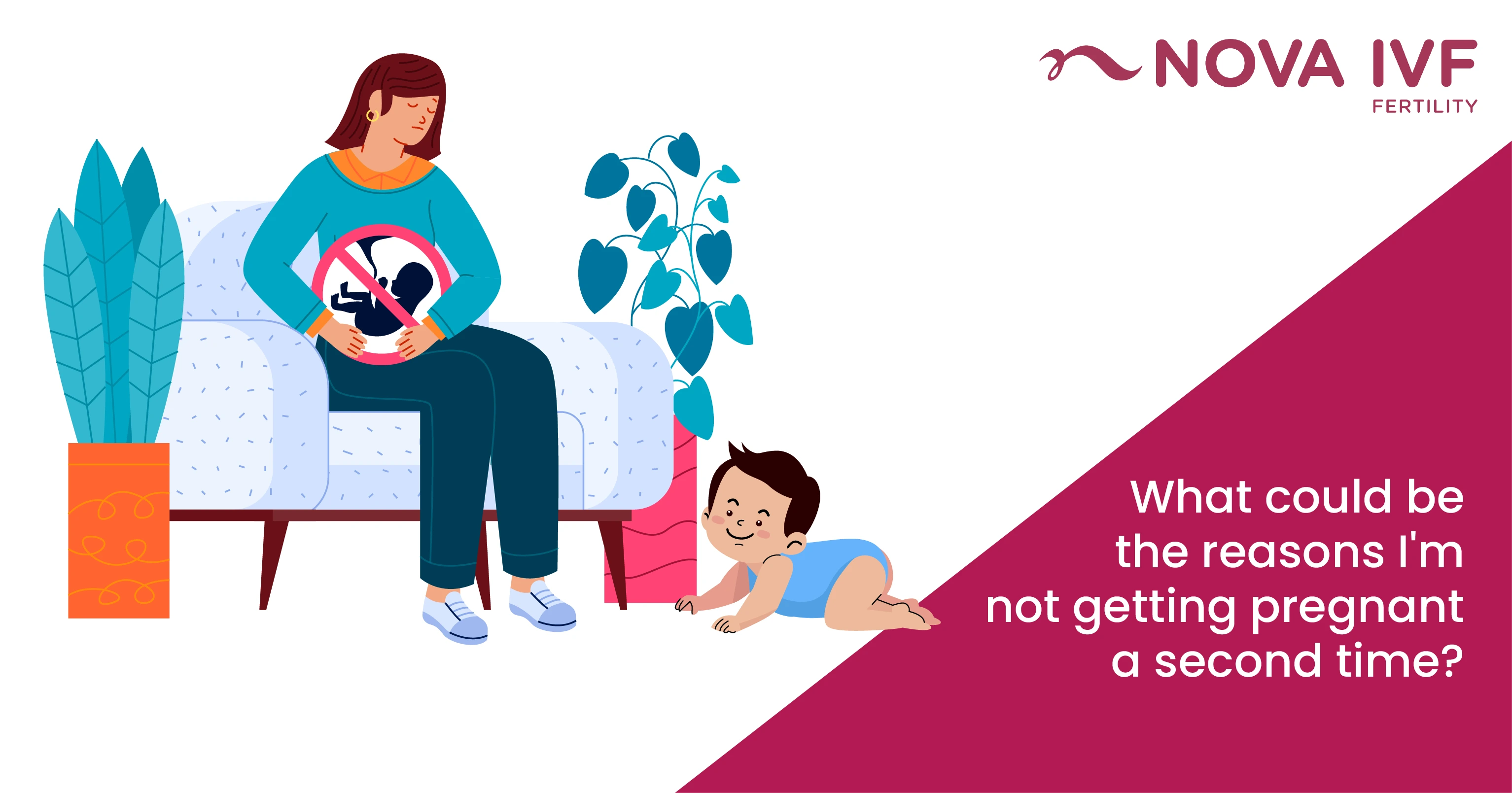What is Ovarian Torsion?
Ovarian torsion is a rare but serious medical condition affecting women. It occurs when an ovary, and sometimes the fallopian tube, twists around the ligaments that support it in place. This twisting may result in cutting off the flow of blood to the fallopian tube and ovary, causing damage to the ovary as well as excruciating pain.
If the condition continues to go untreated for too long, it may lead to ovarian tissue death (necrosis), ovary loss, and, in rare instances, infertility.
What are the symptoms of ovarian torsion?
The symptoms of ovarian torsion appear suddenly and severely. They include:
- Acute abdominal pain
- Nausea
- Vomiting
- Abnormal bleeding
- Fever
This acute discomfort is frequently preceded by intermittent cramps that last several days or even weeks. This occurs when your ovary twists and untwists frequently. Pain may also radiate to the back or legs, and the level of discomfort you experience can vary depending on whether you are postmenopausal or perimenopausal.
If your ovary is severely damaged and requires being removed, a fever may develop. There can also be abnormal bleeding and discharge from your vagina. If your abdomen or pelvic area becomes stiff or painful upon touching it, necrotic ovary might have already set in. Your doctor may perform a pelvic examination to check for additional issues or tenderness.
When to see a doctor
If an individual has any of the signs of an ovarian torsion, it is important that they seek medical attention. The longer the problem continues to go unattended, the more likely you are to develop complications.
After evaluating your symptoms and looking at your medical history, your doctor will conduct a pelvic examination to identify any areas of pain or tenderness. They may additionally perform a transvaginal ultrasound to examine your fallopian tube, ovary, and flow of blood.
Additionally, your doctor can order certain urine and blood tests to rule out other possible diagnoses, such as:
- Urinary tract infection
- Appendicitis
- Ovarian Abscess
- Ectopic Pregnancy
While these symptoms can help your doctor obtain an initial diagnosis of ovarian torsion, corrective surgery is usually required to confirm the diagnosis.
What are the causes of ovarian torsion?
People aged 20 years to 40 years are most predisposed to have ovarian torsion. However, it can occur at any age, from infancy to post menopause. Following is some of the causes of ovarian torsion:
- Ovarian cyst or masses: Sometimes, a tissue mass or a cyst in the ovary can develop, which can cause the ovary to be displaced. This additional weight or bulk on the ovary might cause it to twist and twist around the tissues that support it.
- Long ovarian ligament: Another common reason is an unusually long ovarian ligament, which connects the ovary with the uterus. A lengthier ovarian ligament increases the risk of ovarian torsion.
- Assisted reproductive technologies (ART): ART which includes inducing ovulation, may increase the risk for ovarian twist.
- Pregnancy: Ovarian torsion can be experienced by both pregnant and non-pregnant individuals.
- Corpus luteum cysts: A person may develop corpus luteum cysts during the first trimester, causing the ovary to twist.
- Hormonal changes: Elevated levels of hormones during pregnancy can also loosen the body's tissues, particularly those ligaments that support the ovaries in place. If these ligaments are not tight, they might twist more easily.
How is ovarian torsion diagnosed?
A doctor may use the following tests to diagnose ovarian torsion:
- Transvaginal ultrasound: This requires inserting a small instrument called a probe into the vagina.
- Abdominal ultrasound: This uses an ultrasonic probe on the outside of the belly.
- Other imaging: Additional imaging procedures, such as CT or MRI scans, may also be used.
- Complete blood count (CBC) test: This can determine the number of white blood cells in the body
It is important to note that a doctor cannot fully confirm an ovarian torsion without conducting surgery to look at the ovary.
What is the treatment for ovarian torsion?
Surgery is the only technique to untwist an ovary and restore the blood supply. A doctor may also give you medications for pain and nausea to keep you comfortable before the surgical procedure.
A doctor often advises performing surgery as soon as possible. This is because if ovarian torsion blocks blood flow for a prolonged period, the tissue in the ovaries may die, necessitating surgery for the removal of the ovary. The surgical excision of a single or both ovaries is referred to as an oophorectomy.
Laparoscopy
In an ideal scenario, a doctor can carry out the surgery using laparoscopy. It involves creating tiny, keyhole-like incisions or cuts in the abdomen. Through these holes, the doctor inserts a video camera and various instruments into the abdomen and pelvis to untwist the ovary.
Laparotomy
A laparotomy may be necessary if a doctor cannot view the ovary or there is considerable bleeding. This involves making a large cut under one's navel to expose and untwist the ovary.
During surgery
A doctor will monitor the ovary to make sure that it receives sufficient blood supply to remain viable. After untwisting, the ovary should change from black or purple to pink. If there is evidence of death of tissue following untwisting, the doctor might have to remove the ovary.
Aftercare
Most individuals can go back home on the same day following a laparoscopy. A doctor may give instructions for follow-up care, for instance, avoiding lifting heavy objects or vigorous exercise for a few weeks. Over-the-counter (OTC) drugs such as ibuprofen or acetaminophen can be used to relieve pain and discomfort. However, it is advised that individuals should consult a doctor before taking any medications post- surgery.
Individuals who notice signs of an infection or any complications should contact a doctor right away. Signs of infection include:
- Fever
- Redness
- Inflammation around incision sites.
- Unpleasant smelling discharge
- A wound that is not healing
- Increasing discomfort in the pelvis
- Bleeding
Are complications possible?
Necrosis is one of the potential complications of ovarian torsion, which implies the death of ovarian tissue caused by the loss of blood supply. If this occurs, a doctor must remove the affected ovary surgically.
Ovarian necrosis is the death of ovarian tissue due to the loss of blood supply. If this occurs, a doctor might recommend surgery to remove the affected ovary.
Surgical removal of the ovary can affect fertility because the ovaries are responsible for producing and releasing eggs necessary for fertilization. However, if the ovary is not removed, the patient is at risk of ovarian infections, which can result in peritonitis or abscess.
Anyone experiencing ovarian torsions must attend subsequent appointments to check that the ovary is healing correctly and is receiving adequate blood supply.
Conclusion
Ovarian torsion may result in ovarian necrosis along with other complications if not treated promptly.
Seeking immediate medical assistance and having surgery to reduce the twisting, can significantly reduce the likelihood of any further complications.
However, if an ovarian torsion has limited blood supply to the ovary for a prolonged period or if the patient has a cyst or tumour, additional therapy may be necessary.
 Infertility Counselling
Infertility Counselling Female Infertility Treatment
Female Infertility Treatment Andrology Treatment
Andrology Treatment Fertility Enhancing Surgeries - Female
Fertility Enhancing Surgeries - Female Fertility Enhancing Surgeries - Male
Fertility Enhancing Surgeries - Male Endoscopy Treatment
Endoscopy Treatment IUI Treatment
IUI Treatment IVF Treatment
IVF Treatment ICSI Treatment
ICSI Treatment Advanced IVF Solutions
Advanced IVF Solutions Embryology
Embryology Vitrification Egg, Embryo, Sperm Freezing
Vitrification Egg, Embryo, Sperm Freezing Preimplantation Genetic Testing (PGT)
Preimplantation Genetic Testing (PGT) Donation Program Embryo / Egg / Sperm
Donation Program Embryo / Egg / Sperm Self-cycleTM IVF
Self-cycleTM IVF

 Self-cycleTM IVF
Self-cycleTM IVF











